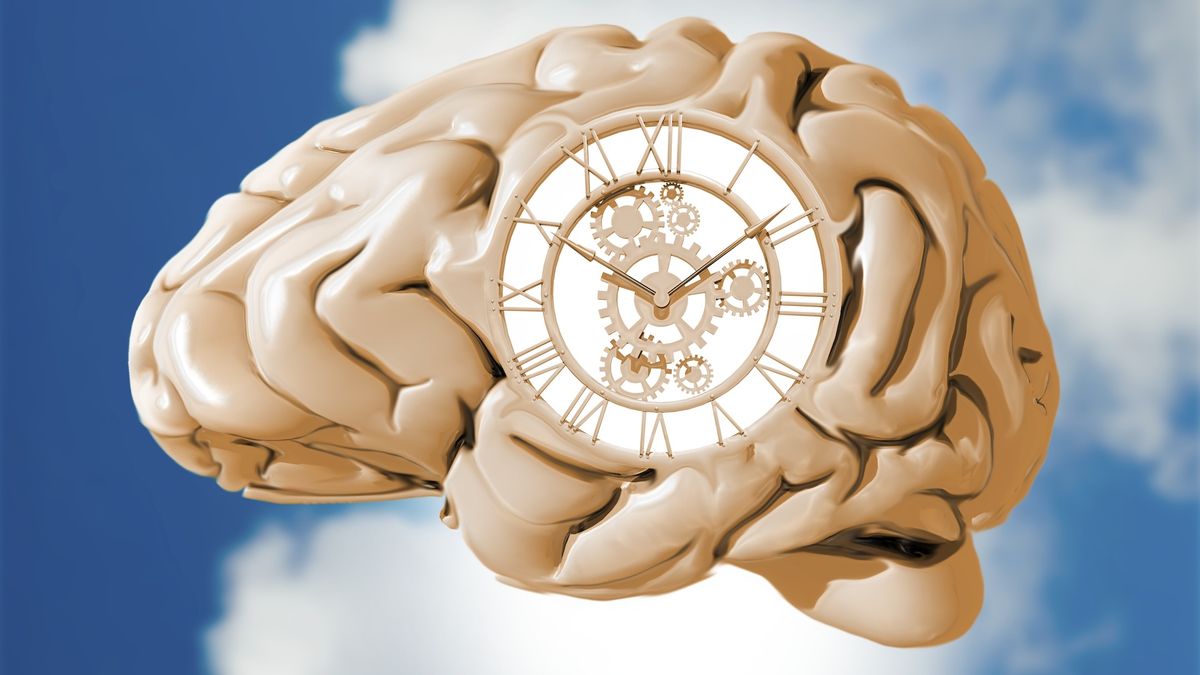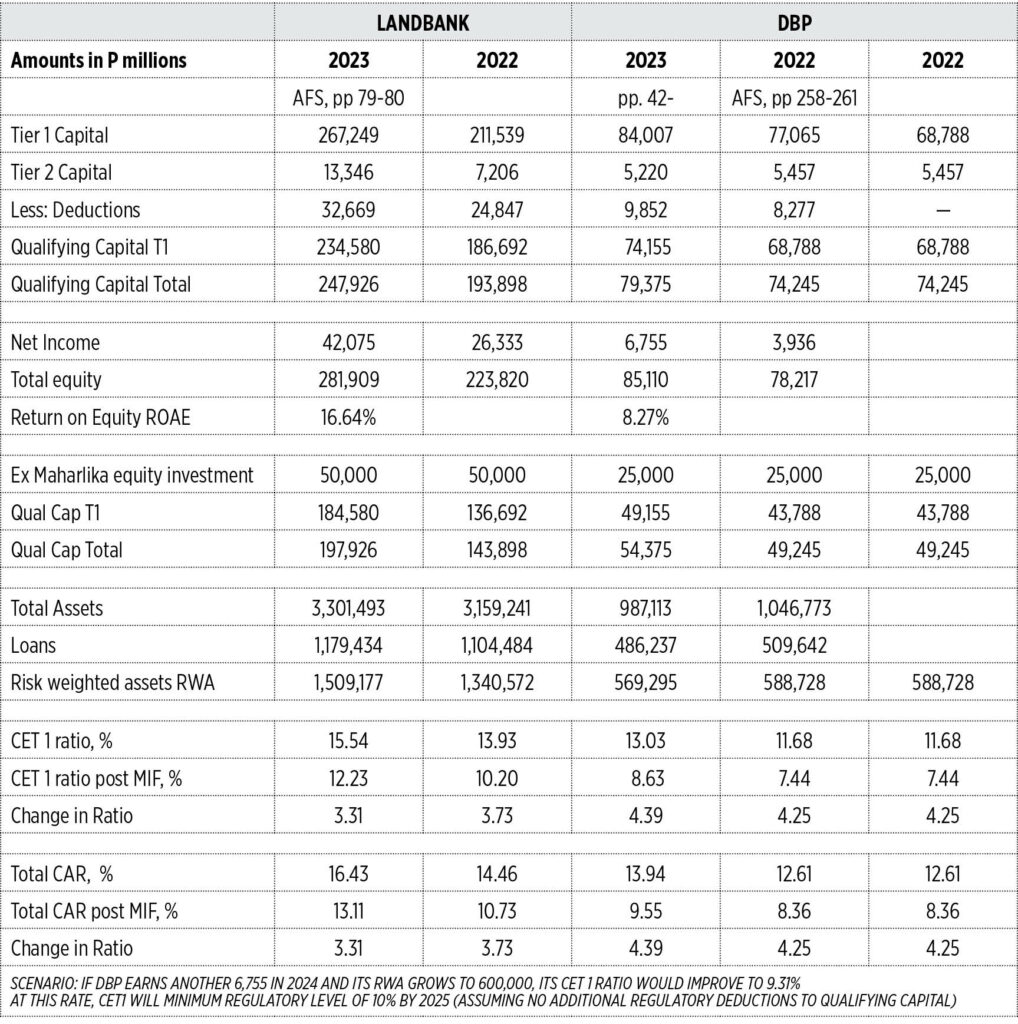
On a brisk afternoon in March 2009 in Ontario, as winter melted into spring, Mark Tarnopolsky and his team at McMaster University sat around a table for their weekly lab meeting. The topic was the focus of their group research: exercise physiology.
“I’ve been interested in exercise because I’m an athlete,” said Tarnopolsky, who has competed internationally in sports such as adventure racing, ski-orienteering, and winter triathlon. “And as a neurologist who treats children and adults who have muscular dystrophy or mitochondrial disease, I’ve always been very interested in how exercise could provide benefit.”
In the lab meeting, as Tarnopolsky and his team discussed the diverse molecules secreted from different tissues—myokines by muscles and adipokines by fat tissue—that partly help mediate exercise effects, Tarnopolsky had an idea.
“I said, geez, you know, really, we don’t know where they’re coming from. Sometimes muscle, sometimes liver, sometimes fat,” recalled Tarnopolsky. “Why don’t we just call them ‘exerkines’ to sort of broadly describe the proteins, the metabolites, and the microRNA that change in response to exercise, which confer the systemic benefits?”
Today, researchers recognize exerkines as a broad variety of signaling molecules—including peptides and proteins, hormones, metabolites, lipids, and nucleic acids—released upon exercising.1 These compounds exert their effects on target cells and drive the whole-body effects of exercise.
Tarnopolsky and other experts believe that uncovering the global dynamics of exerkines can help them understand the physiological effects of exercise, such as preventing or delaying diseases and improving clinical outcomes in patients.2 Indeed, using both preclinical models and studies in a few human volunteers, Tarnopolsky and others have shown that exerkines can help delay aging, manage metabolic diseases like diabetes and obesity, reduce the risk of cardiovascular diseases, and improve cognition.
Although the team coined the term exerkine in 2009 and first published it in 2016, scientists had long recognized that circulating humoral factors mediate the benefits of exercise, at least in part.3
“The first exerkine has been thought to be lactate,” said Lisa Chow, an endocrinologist who studies the effect of exercise on metabolic disorders at the University of Minnesota.
Skeletal Muscle as an Exerkine-Secreting Tissue
Over a century ago, scientists found that the muscles of exhausted animals including mammals, birds, and amphibians secreted lactate.4,5 Although initially thought of as metabolic waste, researchers have shown that exercise-induced lactate can confer systemic benefits.6
Since muscles play an important role in exercise, scientists hypothesized that factors secreted by muscles—myokines—formed the molecular basis of exercise-induced changes. In 2000, researchers measured the plasma cytokine levels in volunteers who exercised and discovered that contracting muscles secreted interleukin-6 (IL-6), identifying it as the first myokine.7 “Since that time there’s just been an explosion of exerkines,” noted Chow.
With increasing interest in the field, scientists sought to investigate the molecules underlying the effects of exercise. They used both mouse models and a small number of human participants to identify exerkines, the tissues that secrete them, and the cells they target. Using these approaches, several research groups independently showed that exercise triggers molecular and cellular changes—such as altered calcium levels, change in pH, and hypoxia—in tissues.2 This causes a cascade of events that eventually results in the tissues releasing exerkines, which act on distinct target cells.
Exerkines Act on Cells of Their Origin, Nearby, and Distant Cells
Some exerkines act in an autocrine manner on the tissues that secrete them. For instance, when researchers probed the role of some muscle-derived exerkines like IL-6 and apelin using mouse models, they discovered that these molecules improve metabolism, promote mitochondrial biogenesis, or act on stem cells to enhance muscle function.8,9
Soon after establishing IL-6 as a myokine, the group that made this discovery injected it in humans to determine its mode of action. Their studies revealed its paracrine effect—on cells surrounding the tissue of origin—as it increased lipid breakdown in adipose tissue.10 Around the same time, other research groups showed that several other exerkines have a paracrine effect on nearby tissues.
Aside from autocrine and paracrine functions, researchers have found that exerkines can also act on distant organs. During their studies, Tarnopolsky and his team observed that people who exercised had better skin than those with sedentary habits. They obtained biopsies from volunteers to investigate the molecular mechanism behind this. “When you did the skin biopsy with the punch in the athletes, it was crunching [like] an apple, like it felt firm,” recalled Tarnopolsky. “[While] in the sedentary people, the biopsy needle would twist and spin because the dermis was not very intact.”
To investigate the molecular mechanism underlying skin health in athletes, the team extracted blood from the two groups of people. They found that exercise induced the secretion of IL-15 from muscles.11 When they treated skin fibroblasts with this exerkine, they observed an increase in mitochondrial biogenesis, which improved overall tissue health.
Skin is not the only distant tissue that muscle-derived exerkines act on. Recent experiments with animal models revealed that exerkines such as irisin drive the cognitive benefits of exercise by acting on cells in the nervous system.12
Liver, Bones, and Fat Tissues Also Secrete Exerkines
As interest in the field grew, studies from humans, mouse models and cultured cells provided an important insight about these molecules: Tissues other than the muscle secreted exerkines.
Independent studies revealed that tissues such as the liver, adipose tissue, bones, and the brain secrete molecules in response to exercise. Diving deeper into the effects of these molecules, researchers discovered that exerkines act on a variety of tissues including the liver, gut, heart, and organ systems such as nervous, endocrine, and immune systems.1
These discoveries highlight that multiple organ systems produce exerkines and are influenced by them, which may contribute to the highly variable response to exercise. Exerkines, at least in part, mediate this immensely complex inter-organ crosstalk, which ultimately lead to the systemic effects of exercise.
Exerkines in the Clinic and Human Health
Understanding the role of exerkines can provide clarity about what drives the overall health benefits of exercise. In addition to this, Chow believes that profiling exerkines in people can provide a personalized medicine approach to exercise. “We do know that people have different responsiveness to exercise,” she said. While some people benefit from a particular form of exercise, it may not have an effect on others.13 Understanding which exerkines people will benefit from can help physicians tailor training programs accordingly, or predict the result of practicing a particular exercise form, she said.
As researchers increasingly highlight the role of exerkines and their biological effects, people have wondered whether these molecules could be harnessed to mimic the benefits of exercise in individuals. However, Tarnopolsky does not believe that this is feasible.
In contrast to pharmacological therapies, exercise effects are not restricted to a specific target, so pinpointing one potentially helpful molecule is unrealistic, he noted. “To mimic exercise, I don’t think a single molecule is going to cut it. It’s not IL-15, it’s not IL-6, it’s not apelin, it’s not irisin, it’s everything together in the context of exercise.”
Although this can be valuable for people who are limited in their exercise capacity or those with diseases, Tarnopolsky believes that ‘exercise in a pill’ is a myth. Nature has selected for exercise to confer a biological advantage and trying to capture the benefits of exercise in a single molecule would be going against millions of years of evolution, he said. “I think you’re going to have a hard time beating it.”
- Chow LS, et al. Exerkines in health, resilience and disease. Nat Rev Endocrinol. 2022;18(5):273-289.
- Walzik D, et al. Molecular insights of exercise therapy in disease prevention and treatment. Signal Transduct Target Ther. 2024;9(1):138.
- Safdar A, et al. The potential of endurance exercise-derived exosomes to treat metabolic diseases. Nat Rev Endocrinol. 2016;12(9):504-517.
- Kompanje EJO, et al. The first demonstration of lactic acid in human blood in shock by Johann Joseph Scherer (1814–1869) in January 1843. Intensive Care Med. 2007;33(11):1967-1971.
- Fletcher WM, Hopkins FG. Lactic acid in amphibian muscle. J Physiol. 1907;35(4):247-309.
- Li VL, et al. An exercise-inducible metabolite that suppresses feeding and obesity. Nature. 2022;606(7915):785-790.
- Steensberg A, et al. Production of interleukin-6 in contracting human skeletal muscles can account for the exercise-induced increase in plasma interleukin-6. J Physiol. 2000;529(1):237-242.
- Knudsen JG, et al. Skeletal muscle IL-6 regulates muscle substrate utilization and adipose tissue metabolism during recovery from an acute bout of exercise. PLoS ONE. 2017;12(12):e0189301.
- Vinel C, et al. The exerkine apelin reverses age-associated sarcopenia. Nat Med. 2018;24(9):1360-1371.
- van Hall G, et al. Interleukin-6 stimulates lipolysis and fat oxidation in humans. J Clin Endocrinol Metab. 2003;88(7):3005-3010.
- Crane JD, et al. Exercise-stimulated interleukin-15 is controlled by AMPK and regulates skin metabolism and aging. Aging Cell. 2015;14(4):625-634.
- Islam MR, et al. Exercise hormone irisin is a critical regulator of cognitive function. Nat Metab. 2021;3(8):1058-1070.
- Noone J, et al. Understanding the variation in exercise responses to guide personalized physical activity prescriptions. Cell Metab. 2024;36(4):702-724.







Leave a Comment